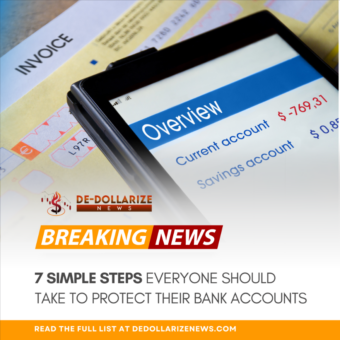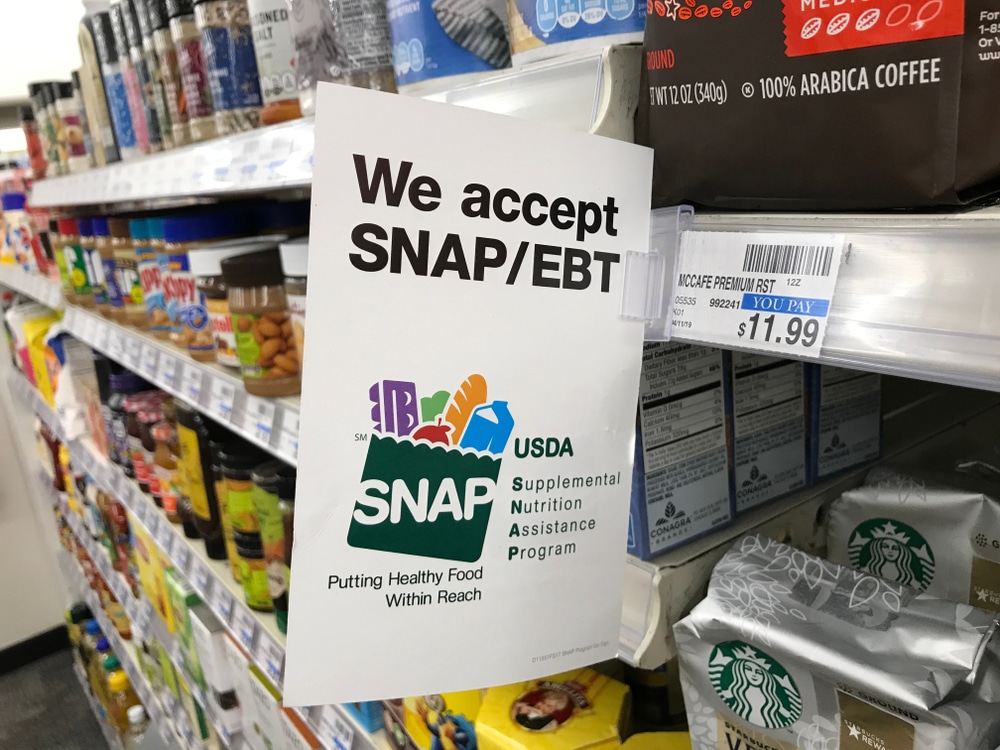
Debunking the Myth of the “Safe” Digital Bank
The Illusion of Nimbleness: Digital Banking’s New False Prophet
They want you to believe that being smaller, faster, and app-based somehow makes a bank “safer.” That the collapse of regional giants like SVB is proof that traditional banking is outdated. But ask yourself—who stands to benefit from this sudden shift in narrative?
This isn’t a revolution in finance. It’s repackaged risk, sold under the guise of minimalism and sleek digital dashboards.
The Real Failure of 2023 Wasn’t Size—It Was Centralized Ignorance
Yes, Silicon Valley Bank and others failed. But not because they were “too big.” They failed because they were too entrenched in a centralized monetary system propped up by false confidence, bloated with artificially cheap capital, and mismanaged interest-rate exposure.
You can digitize the platform, slim the staff, and automate the help desk—but you can’t escape the root disease: our reliance on a fiat system that incentivizes recklessness and punishes prudence.
Digital banks claim they’re different because they can “move faster.” But faster toward what? Toward the same debt-fueled treadmill that broke the system in the first place?
Agility Is Not a Substitute for Transparency or Integrity
Let’s be clear: a smaller bank with fewer regulators and no physical presence is not inherently safer—it’s harder to supervise. That “nimbleness” means fewer checks and balances, more opacity, and an accelerated ability to hide—or lose—customer funds in milliseconds.
And those simple product offerings? That’s not risk mitigation. That’s risk obfuscation. When a digital bank promises you 4.5% on your savings account, ask yourself: what are they doing with your money to produce that yield in a high-interest rate environment?
Chances are, it’s the same leveraged instruments and off-book lending practices that brought down the last house of cards.
Digital ≠ Decentralized
Digital banks love to brand themselves as disruptors. But don’t confuse them with truly decentralized financial solutions. They’re still dependent on the central banking system, still wired into the Federal Reserve, still subject to the same liquidity crises and bail-in frameworks that threaten all fiat-based institutions.
In fact, they’re more vulnerable to systemic shocks. A digital bank run happens at the speed of Wi-Fi. You think SVB's $42 billion in outflows was fast? Try a fully digital network that can evaporate a bank’s reserves in under an hour. And who’s backstopping these nimble institutions? You are—again.
The Real Solution Is Sovereignty—Not Speed
What this moment calls for is not faster financial machinery. It’s fundamental change. A break from the cartel of central banking and the fiat Ponzi scheme it enables. We don’t need apps that move money faster between broken institutions—we need money that holds its value, issued by a system accountable to the people, not the privileged.
Sound money. Treasury-issued notes backed by real assets like gold. Instruments like the Freedom Bond and gold-convertible accounts aren’t just policy proposals—they’re exits from a burning building.
You don’t solve a broken system by wrapping it in code. You solve it by building a new one from first principles—value, accountability, and decentralization.
Takeaway
The marketing pitch for digital banking is seductive: agility, simplicity, innovation. But underneath the glossy veneer is the same centralized, vulnerable architecture—now with faster failure speeds.
Agility doesn’t equal safety. Decentralization does.
The real question isn’t whether your bank is big or small. It’s whether you trust a system built on debt, or whether you’re ready to reclaim control of your wealth.
Ready to Take Control of Your Financial Future?
I’ve put together two powerful resources to help you escape the fiat trap:
- Download my free digital guide, Seven Steps to Protect Your Bank Accounts.
- Order a discounted hardcover of Bill Brocius' exposé, The End of Banking as You Know It.
Don't wait for another institution to implode before you act. Financial sovereignty isn’t just a philosophy—it’s a survival strategy.











